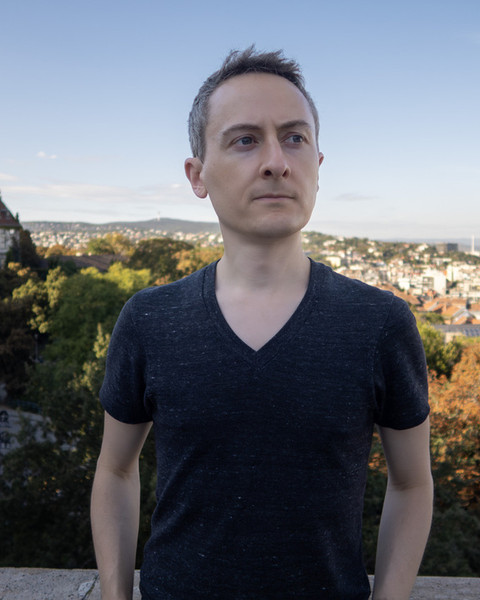May 3, 2024
A single photograph offers glimpses into the creator’s world — their interests and feelings about a subject or space. But what about creators behind the technologies that help to make those images possible?
MIT Department of Electrical Engineering and Computer Science Associate Professor Jonathan Ragan-Kelley is one such person, who has designed everything from tools for visual effects in movies to the Halide programming language that’s widely used in industry for photo editing and processing. As a researcher with the MIT-IBM Watson AI Lab and the Computer Science and Artificial Intelligence Laboratory, Ragan-Kelley specializes in high-performance, domain-specific programming languages and machine learning that enable 2D and 3D graphics, visual effects, and computational photography.
“The single biggest thrust through a lot of our research is developing new programming languages that make it easier to write programs that run really efficiently on the increasingly complex hardware that is in your computer today,” says Ragan-Kelley. “If we want to keep increasing the computational power we can actually exploit for real applications — from graphics and visual computing to AI — we need to change how we program.”
Complete article from MIT News.
Explore
New Method Efficiently Safeguards Sensitive AI Training Data
Adam Zewe | MIT News
The approach maintains an AI model’s accuracy while ensuring attackers can’t extract secret information.
Can We Rely on Future AI ICs?- Robustness Design as Key Challenge for System Technology Co-Optimization
Thursday, November 21, 2024 | 1:00 - 2:00pm ET
Virtual
Speaker: Harald Gossner, Intel
Engineering the Imaging and Control of Chemical Processes in Living Cells
Thursday, September 26, 2024
Hybrid
Zoom & MIT Campus




